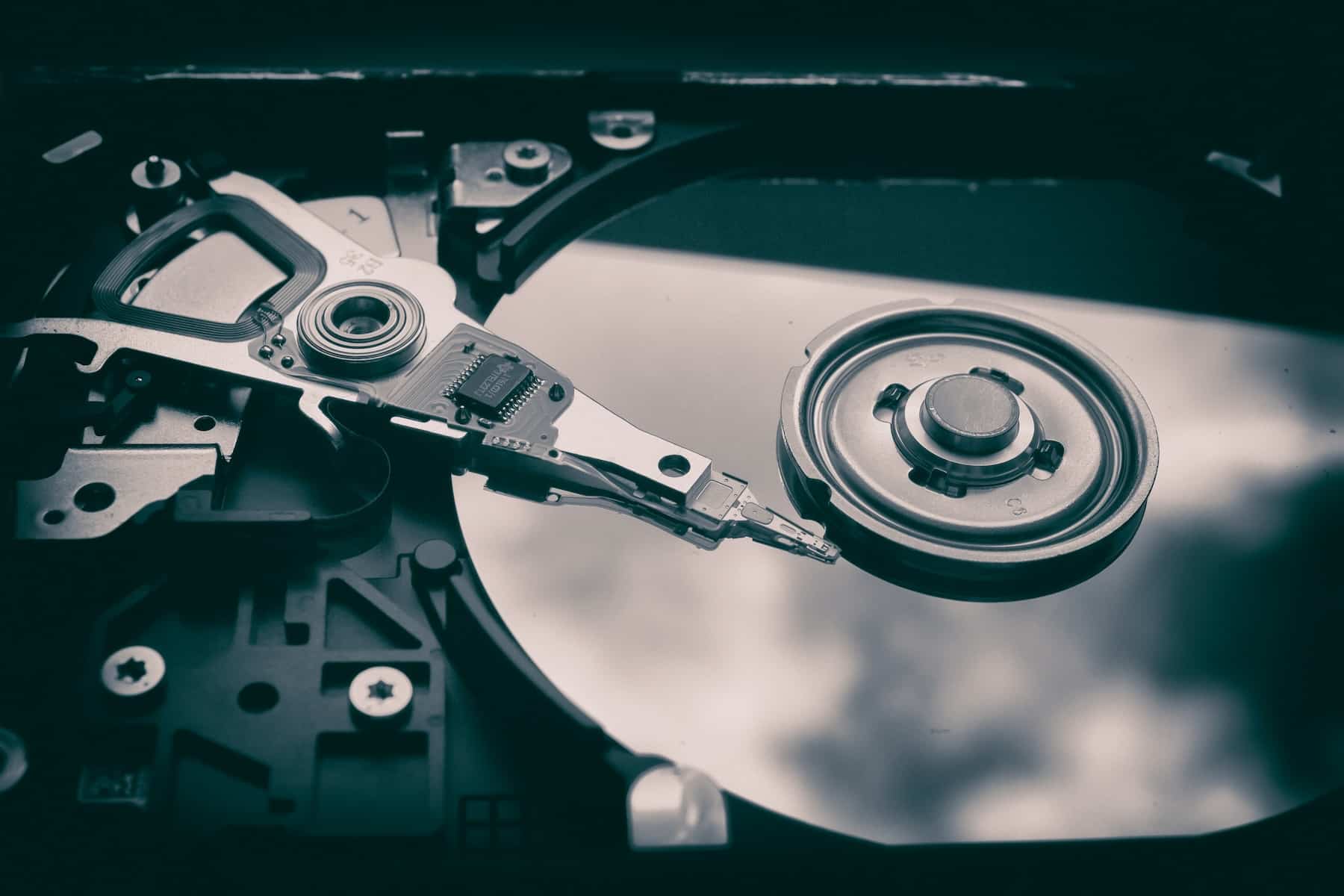Backblaze has released its highly anticipated Drive Stats report for Q2 2025, showing which hard drives are the most reliable and the most problematic among the thousands used in their data centers. The California-based company, known for cloud backups, has been providing this quarterly analysis for over a decade, becoming a key reference for consumers, businesses, and IT professionals.
What does Backblaze measure?
The report is based on the Annualized Failure Rate (AFR), which estimates the failure percentage over a year, calculated from the days of operation and the units that failed within a specific period. This quarter, data from 259,533 hard drives were analyzed, excluding models with fewer than 60 active units or less than 5,000 days of operation.
The worst drives in Q2 2025
According to Backblaze, the models with the highest failure AFR this quarter are:
| Brand | Model | Capacity | AFR Q2 2025 |
|---|---|---|---|
| Toshiba | MG08ACA16TE | 16 TB | 6.56% (highest) |
| Seagate | ST16000NM001G | 16 TB | 3.71% |
| WDC | WD60EFRX | 6 TB | 2.98% |
| Seagate | ST12000NM0007 | 12 TB | 2.78% |
The most problematic model was the Toshiba MG08ACA16TE (16 TB), with a failure rate of 6.56%, well above the others. This drive had already shown concerning failure rates in previous quarters, so Backblaze has started gradually removing it from service.
The most reliable drives of the quarter
On the other end, some models showed exceptional reliability, with zero failures reported over the past three months:
| Brand | Model | Capacity | AFR Q2 2025 |
|---|---|---|---|
| Toshiba | MG08ACA14TE | 14 TB | 0.00% |
| Seagate | ST16000NM002J | 16 TB | 0.00% |
| Seagate | ST20000NM007D | 20 TB | 0.00% |
| Seagate | ST8000NM000A | 8 TB | 0.00% |
These models have demonstrated outstanding performance in real-world data center conditions, making them good options for critical applications or massive storage needs.
Global reliability analysis by manufacturer
Looking at the average failure rates per manufacturer, the data shows a clear trend:
| Manufacturer | Active Units | Average AFR Q2 2025 |
|---|---|---|
| Seagate | 136,379 | 1.08% |
| Toshiba | 38,758 | 1.41% |
| WDC (Western Digital) | 15,834 | 0.60% |
While Toshiba leads the failure rankings for specific models, Seagate has the largest number of operational units, which may slightly skew the statistics. Western Digital maintains an average failure rate below 1%.
Old vs. new drives
One of the charts titled “Less-than-12TB – 6 years or older” shows that smaller, older drives tend to fail more over time. Models of 4 TB and 6 TB with over six years of use frequently exceed a 10% annual failure rate, whereas drives larger than 12 TB show greater resilience.
Conclusion: Modern hard drives, even with larger capacities (14 TB, 16 TB, 20 TB), have significantly improved in reliability compared to previous generations.
What drive to choose in 2025?
Based on Q2 2025 data, here are some practical recommendations:
Highly reliable options:
- Seagate ST20000NM007D (20 TB)
- Toshiba MG08ACA14TE (14 TB)
To avoid if possible:
- Toshiba MG08ACA16TE (16 TB)
- Seagate ST12000NM0007 (12 TB)
For home or NAS storage:
- WD Red Plus 6 TB remains a reasonable choice, although age starts to impact performance.
Frequently asked questions
What does AFR mean, and how is it calculated?
AFR (Annualized Failure Rate) estimates the percentage of units likely to fail in one year, based on failures observed over a quarter and the operational days.Do Backblaze’s data apply to home users?
Yes and no. While data are from data centers and conditions differ, they help identify which models generally tend to be more or less reliable.Is Seagate reliable despite many failures?
Seagate has the highest volume of units, which may influence failure rates. Some specific models, like the ST20000NM007D, performed excellently.When should I replace an old hard drive?
If your drive is over five or six years old, especially if it’s under 8 TB, consider replacing it before unexpected failure occurs.
Vía: Backblaze

